In the vast expanse of our night skies, a remarkable avian adaptation unfolds far above our heads. The bar-headed goose (Anser indicus), renowned for its Himalayan migrations, possesses an extraordinary ability to adjust its flight altitude based on moonlight conditions. This phenomenon represents one of nature’s most sophisticated navigation systems, allowing these birds to traverse some of Earth’s most challenging terrain during both day and night. As moonlight illuminates their path, these remarkable creatures make split-second decisions about their flying height, energy conservation, and navigation strategies. Their unique relationship with celestial light offers a fascinating glimpse into how wildlife has evolved to interpret and utilize environmental cues that most humans rarely consider in their daily lives.
The Bar-Headed Goose: Master of High-Altitude Flight
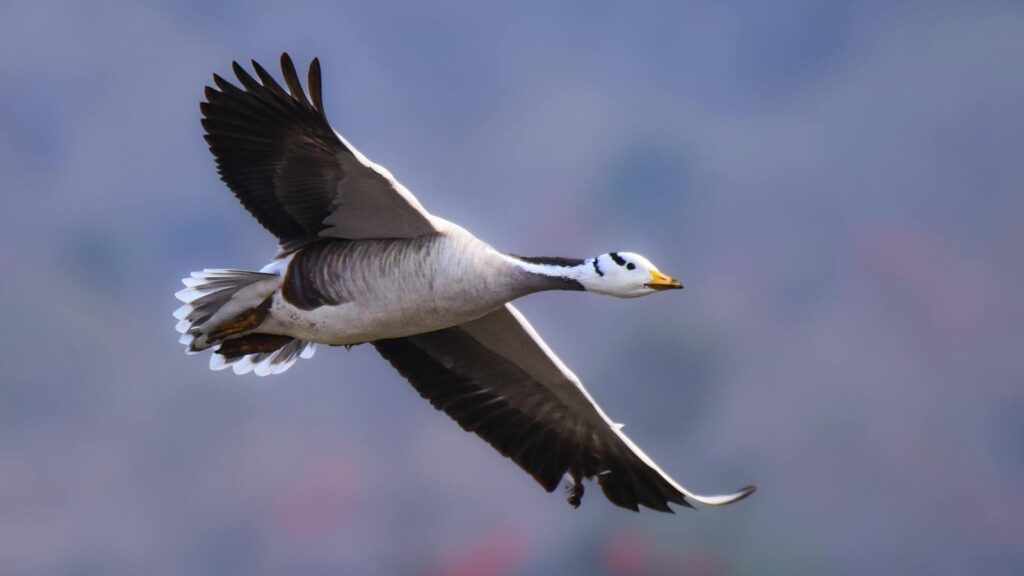
The bar-headed goose stands as nature’s premier high-altitude aviator, regularly soaring over the Himalayan mountain range at elevations exceeding 20,000 feet. These medium-sized waterfowl, distinguished by their white heads and two characteristic dark bars across their necks, undertake one of the most physically demanding migrations in the animal kingdom. Their remarkable physiology includes specialized hemoglobin that efficiently captures oxygen in the thin air of extreme altitudes, larger wingspan relative to body weight than other geese species, and enhanced lung capacity. These adaptations allow them to maintain sustained flight in conditions where oxygen levels are roughly one-third those at sea level, a feat that would quickly incapacitate humans without supplemental oxygen.
The Moonlight Connection: Scientific Discovery
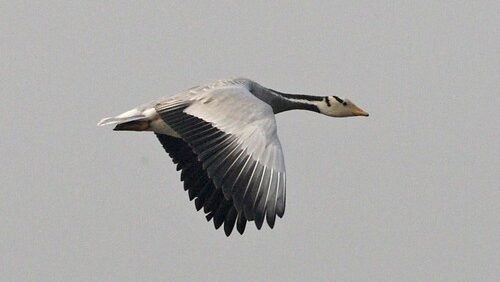
Scientists first documented the relationship between bar-headed goose flight patterns and moonlight through sophisticated tracking technology deployed in the early 2000s. Researchers from the Max Planck Institute for Ornithology attached miniature data loggers to several birds, recording altitude, speed, heart rate, and environmental conditions throughout their migratory journeys. The resulting data revealed a striking pattern: during nights with greater lunar illumination, the geese consistently flew at higher altitudes than on darker nights. Further studies confirmed this wasn’t merely coincidental but represented a deliberate behavioral adaptation that optimized their migratory efficiency. The discovery opened a new understanding of how visual cues influence avian navigation strategies, particularly for species undertaking extreme migrations.
Nocturnal Migration Strategies

Bar-headed geese, unlike many migratory species, don’t limit their travel to daylight hours – they frequently fly throughout the night, especially during peak migration seasons. This nocturnal travel strategy offers several advantages, including cooler temperatures that reduce the risk of overheating during intense physical exertion and calmer atmospheric conditions with fewer unpredictable thermals or turbulence. Nighttime flights also minimize exposure to predators and reduce competition for landing sites at traditional stopover locations. However, night flying presents unique challenges, particularly regarding navigation and obstacle avoidance, which is precisely where moonlight plays its crucial role in the bar-headed goose’s remarkable migratory achievements.
How Moonlight Affects Flight Altitude
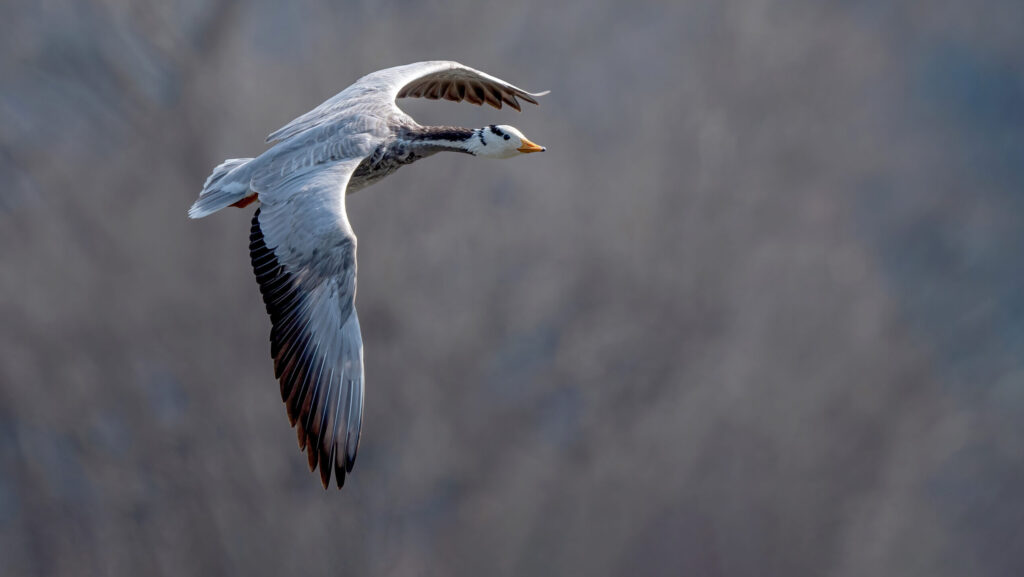
During full moon phases, bar-headed geese typically fly 1,000-3,000 feet higher than during new moon phases, a dramatic adjustment that correlates directly with available lunar illumination. This altitude change occurs because moonlight significantly enhances the birds’ ability to visually identify landmarks, detect dangerous terrain features, and maintain visual contact with flock members. The additional illumination allows them to safely navigate at higher altitudes where winds are often more favorable and air resistance is reduced. Conversely, during minimal moonlight conditions, the birds fly closer to the ground where they can better discern the landscape’s silhouette against the night sky, maintaining critical visual references for safe passage despite the increased energy requirements of flying through denser air.
Energy Conservation Through Altitude Adjustment
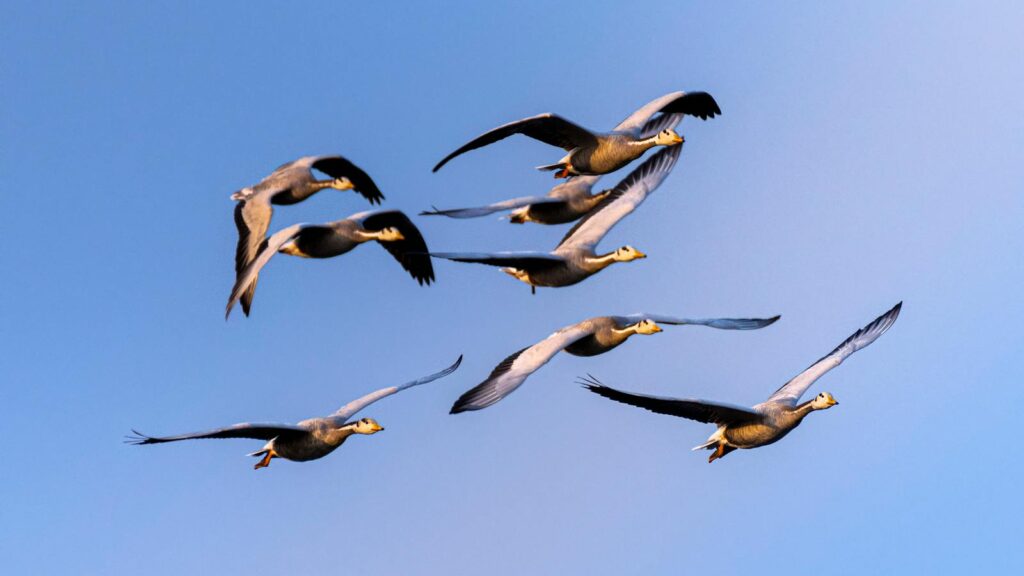
The bar-headed goose’s altitude adjustments represent a sophisticated energy management system that maximizes flight efficiency based on available visual information. Flying at higher altitudes during well-lit nights allows the birds to access more favorable tailwinds and avoid energy-draining headwinds that often occur closer to the ground. Research has demonstrated that these altitude adjustments can reduce energy expenditure by up to 30% compared to maintaining consistent altitude regardless of lighting conditions. The birds’ bodies also work less hard at higher altitudes during cold nights, as the physical exertion of flight generates sufficient internal heat without the denser air at lower altitudes conducting it away from their bodies.
Visual Acuity and Avian Night Vision
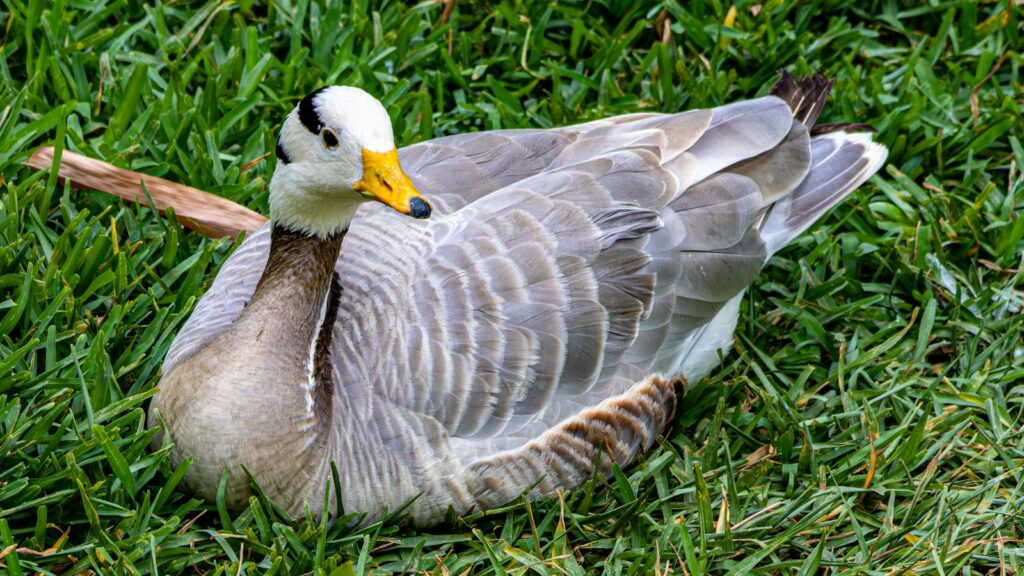
Bar-headed geese possess exceptional visual adaptations that allow them to maximize the benefits of even minimal moonlight. Their eyes contain a higher density of rod cells – photoreceptors specialized for low-light vision – than many other bird species, enabling them to detect subtle landscape features with minimal illumination. Additionally, these geese have a specialized reflective layer called the tapetum lucidum behind their retinas, which effectively doubles the light available to their photoreceptors by reflecting it back through the retina a second time. Their pupils can dilate to extraordinary degrees, sometimes expanding to cover nearly the entire visible portion of the eye, capturing critically important light during the darkest phases of their nighttime flights.
Navigation Across the Himalayan Range

The Himalayan mountain range presents one of Earth’s most formidable geographical barriers, with jagged peaks, unpredictable weather systems, and oxygen-thin air that challenges even the most sophisticated human aircraft. Bar-headed geese navigate this treacherous landscape by utilizing a combination of visual landmarks, inherited migratory pathways, and celestial cues including moonlight. During bright nights, they can visually identify specific mountain passes and valleys that offer safer passage through the range. Research has documented that these birds don’t simply fly over the highest peaks but rather navigate through specific corridors that minimize both altitude gain and distance traveled, demonstrating remarkable spatial memory that is enhanced when moonlight improves visibility of these critical features.
Lunar Cycles and Migration Timing
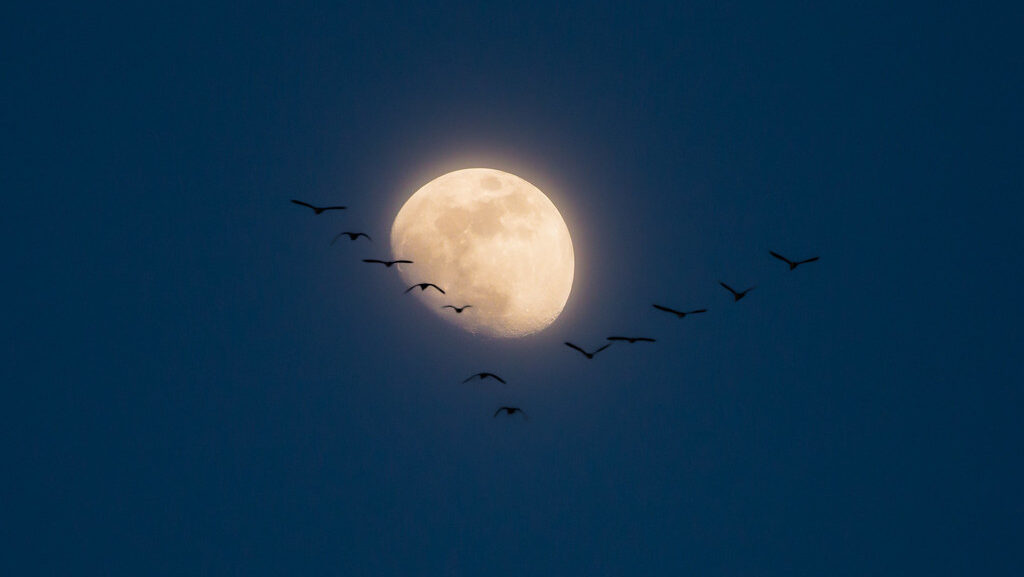
The relationship between bar-headed geese and moonlight extends beyond simple altitude adjustments to influence the very timing of their migratory movements. Studies tracking migration patterns over multiple years have revealed that departures for challenging mountain crossings often cluster around full moon periods, suggesting these birds may strategically time the most difficult portions of their journey to coincide with optimal visual conditions. This lunar-influenced scheduling represents a sophisticated temporal adaptation that complements their spatial altitude adjustments. Researchers have observed that when unfavorable weather delays migration during a full moon period, some flocks will wait until the next bright lunar phase rather than attempting the crossing during a new moon, further demonstrating the critical importance of moonlight to their migratory strategy.
Weather Interactions with Lunar Illumination
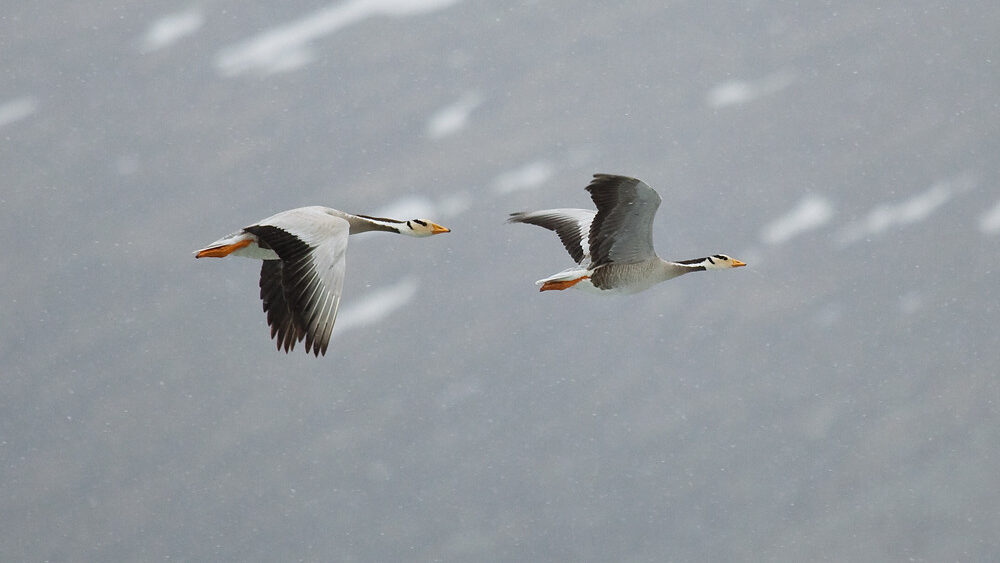
The effectiveness of moonlight in guiding altitude decisions depends significantly on atmospheric conditions, creating a complex interplay between lunar phases and weather patterns. Cloud cover can dramatically reduce or completely eliminate the benefits of even a full moon, forcing the geese to fly at lower altitudes despite the moon’s phase. Interestingly, research has documented that these birds can detect and utilize even brief breaks in cloud cover, temporarily gaining altitude when moonlight penetrates, then descending when clouds obscure the light again. Snow-covered landscapes amplify available moonlight through reflection, sometimes allowing higher-altitude flight even during partial moon phases when flying over snow-capped mountains or frozen plateaus.
Comparing with Other Nocturnal Migrants
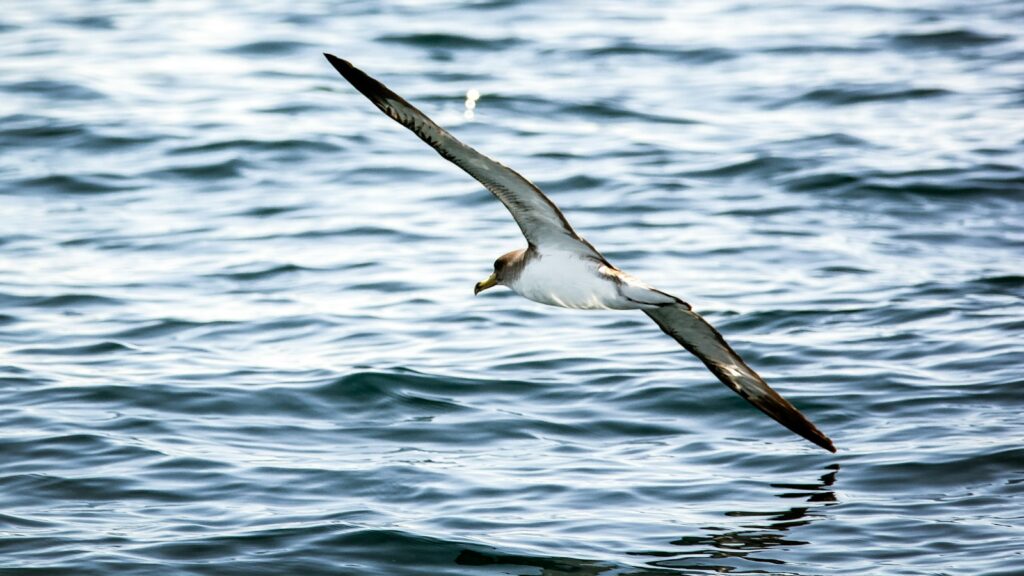
While many bird species migrate at night, the bar-headed goose’s extreme altitude adjustments based on moonlight stand out as particularly dramatic among avian navigators. Other high-altitude migrants like the common crane and demoiselle crane show more modest altitude variations in response to moonlight, typically adjusting by only a few hundred feet rather than thousands. Smaller passerine migrants such as thrushes and warblers demonstrate virtually no altitude change based on lunar illumination, instead maintaining consistent heights regardless of moon phase. Marine birds like shearwaters and petrels use moonlight differently, actually flying lower during bright nights to better detect fish schools illuminated from above by moonlight, showcasing how different ecological niches have led to diverse relationships between birds and lunar light.
Conservation Implications

Understanding the bar-headed goose’s reliance on moonlight for navigation has important conservation implications as these birds face increasing threats from human activity. Light pollution along migratory routes can confuse their natural navigation systems by creating artificial illumination that interferes with their ability to utilize moonlight effectively. Climate change presents another challenge, as increasing frequency and severity of storms may reduce clear nights during critical migration windows, potentially forcing birds to fly in suboptimal conditions. Conservation efforts now include establishing dark sky preserves along key migratory corridors and timing hydroelectric dam releases to avoid flooding traditional stopover sites during full moon periods when these birds are most likely to be navigating through critical mountain passes.
Research Challenges and Future Directions
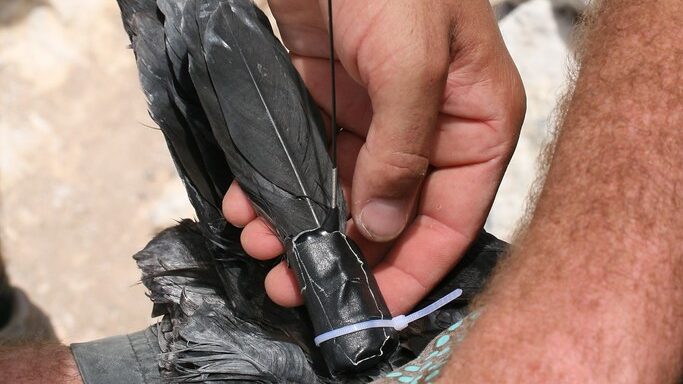
Studying the relationship between moonlight and bird migration presents unique research challenges that scientists continue working to overcome. The remote and extreme environments these birds traverse make direct observation exceptionally difficult, requiring increasingly sophisticated remote monitoring technologies. Current research frontiers include developing lighter GPS trackers with integrated light sensors to directly correlate altitude adjustments with real-time illumination levels experienced by individual birds. Neurological studies aim to better understand how moonlight information is processed in the avian brain and integrated with other navigational inputs like magnetoreception and landmark identification. Perhaps most intriguingly, researchers are investigating whether artificial light could be strategically deployed to guide these birds safely around new obstacles like wind farms or communication towers that now punctuate their ancient migratory pathways.
Cultural Significance Across Asian Traditions
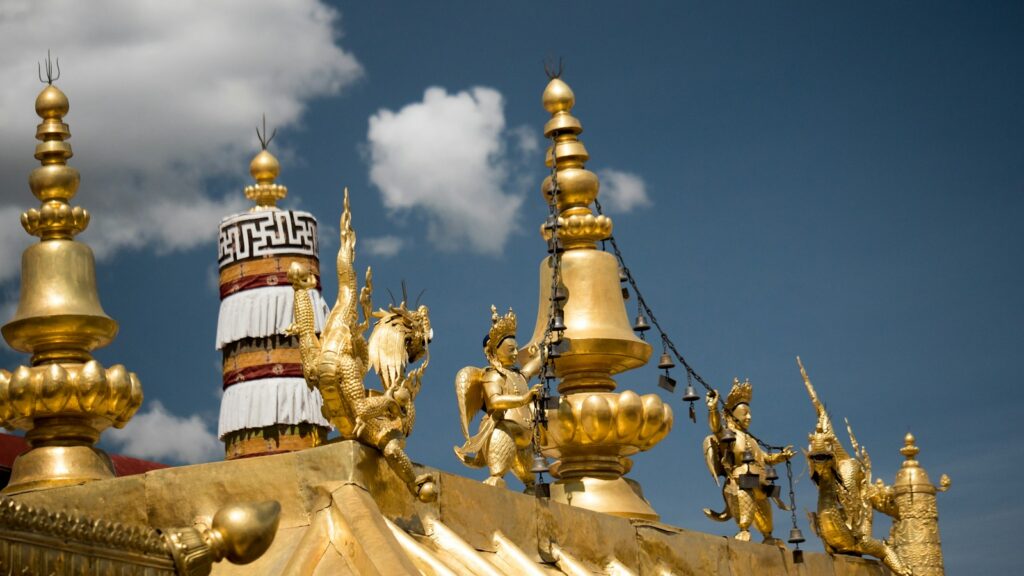
The bar-headed goose holds special cultural significance across many Asian societies, often symbolizing determination and transcendence due to its remarkable mountain-crossing abilities. In Tibetan Buddhism, these birds represent spiritual messengers capable of traveling between earthly and celestial realms, with their moonlight-guided flights serving as powerful metaphors for spiritual illumination and guidance. Traditional ecological knowledge among Himalayan communities has long recognized the relationship between these birds and the moon, with folk tales describing how the geese “ride moonbeams” over mountain passes. Even today, the timing of certain cultural festivals in regions along the migration route coincides with full moons during migration seasons, celebrating the arrival or departure of these remarkable birds as they navigate by the light of the same moon that illuminates the human celebrations below.
Conclusion
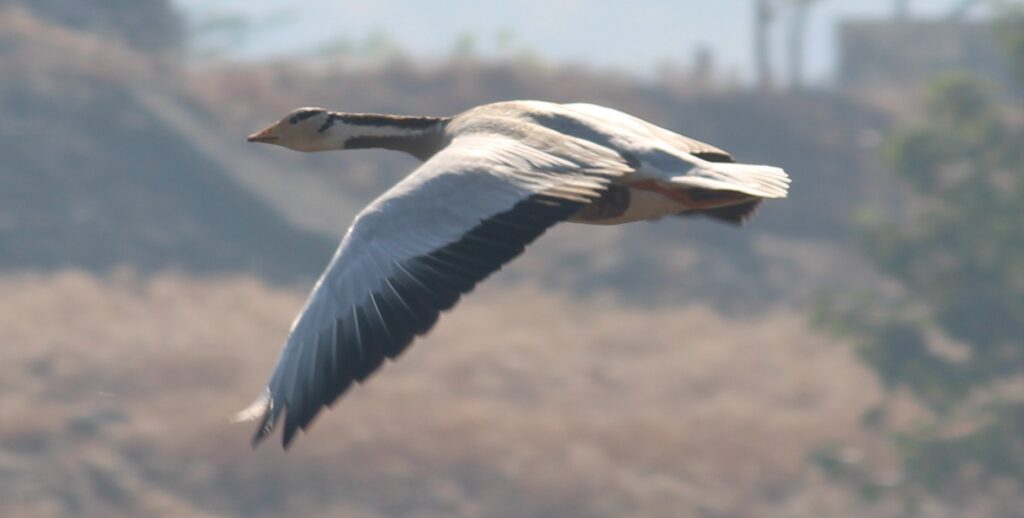
The bar-headed goose’s remarkable ability to adjust flight altitude based on moonlight illumination represents one of nature’s most sophisticated adaptations for extreme migration. This relationship between bird and celestial body showcases the incredible complexity of wildlife adaptations and reminds us how much remains to be discovered about animal navigation systems. As research continues to reveal more details about this fascinating phenomenon, we gain not only scientific knowledge but also deeper appreciation for the intricate connections that bind Earth’s creatures to cosmic rhythms. The next time you observe the full moon rising, consider the bar-headed geese that may be flying thousands of feet higher that night, their paths illuminated by the same celestial light that has guided their journeys for countless generations.
